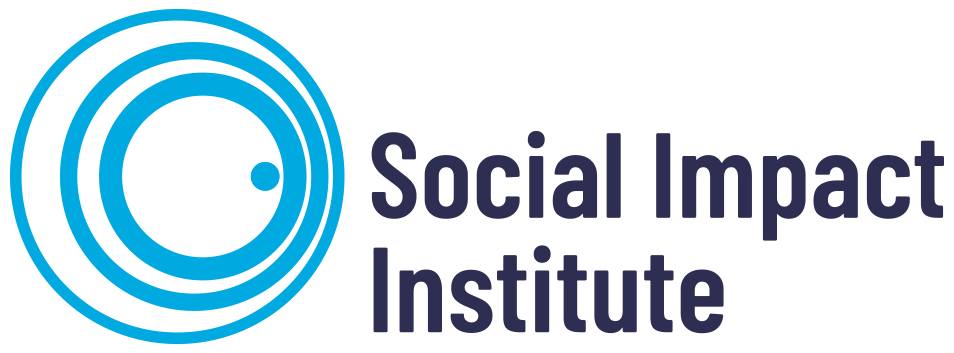What Can NFPs Learn From Startups?
Startup mania captured the imagination of our business community, media and the general public. We have heard the stories and lived the revolution. Airbnb, Uber, Spotify, Dropbox, Netflix and Atlassian have changed the way we travel, shop, are entertained and work. TV shows like Shark Tank and the comedy Silicon Valley tap into our belief that fame and fortune could be just be one brilliant idea away.
Statistic Brain brings this end-of-the-rainbow notion crashing back to earth with a report that over 70% of businesses fail after ten years. Despite this, there are some striking similarities between successful start-ups and not for profit organisations. They both start with a problem and look for ways to make an impact on the world. Both seek funding and external collaboration with supporters of their cause. Both have an intimate understanding of user needs, a strong sense of mission, and distinct goals for growth. Many run on a shoestring budget and churn all of their profits back into the business. Often, they operate in crowded markets and in times of uncertainty about the future.
The main difference between start-ups and NFP organisations is in the risk profile. Whereas start-up founders take big risks in exchange for the promise of a future pay day, NFP executives apply a high level of stewardship and transparency. Because many NFP’s rely on donations, funding, volunteers and community good will, they must manage community, ethical and legal expectations. The reputational damage NFPs can suffer when someone makes a disgruntled social media post may result in harm they never recover from. This happened to the Shane Warne Foundation when people began to question the percentage of funds actually reaching needy children. While the foundation was cleared of operating unethically by Consumer Affairs Victoria earlier this year, reputational loss meant that the charity had to close its doors anyway.
With a risk profile like this comes understandable hesitation. How can NFPs innovate under such a heavy stewardship burden?
This is the dilemma that Lort Smith and Lyric Opera board member Barbara Pesel pointed out in a recent Australian Institute of Company Directors article assessing NFP risk: “If you don’t take any risks, you’re probably not going to achieve what you set out to do. But if you stick your neck out too far, you’re going to fail.” For NFPs to create value, they must take on a certain degree of risk, yet anxiety about taking risks can put a halt to creativity and innovation, and leave organisations tired and struggling to maintain relevancy.
Not for profits are the ‘low-risk entrepreneurs’ of social impact
How can NFPs implement savvy, out of the box thinking whilst ensuring a future of social impact? How can they do this on a shoestring budget, using low-risk strategies?
The answer lies in riding the second wave of new technologies (discussed in this earlier blog) and in using tried and tested entrepreneurial frameworks from the business start-up sector. Below are three of the best:
- Lean Startup, founded by Eric Ries, guides organisations on how to achieve forward momentum when they are ‘in the soil of extreme uncertainty’. Essentially, by using measurement tools to test ideas or visions along the way, organisations gain more certainty about ‘how to steer, when to turn, and when to persevere’. This tool allows you to work smarter, and to adapt, iterate and learn from customers as you develop a great product instead of developing a business around something nobody wants.
- The Business Model Canvas gives you nine building blocks to describe, challenge and design a business model more systematically, no matter the size of the organisation. This framework has been widely adopted by the business community because it helps to structure discussions, facilitates in developing a portfolio of ideas, steps you through identifying exactly what you need to do to make your organisation a success, and forces you to think deeply about the problem you are trying to solve and how you should solve it.
- Human-Centered Design is a no-brainer for organisations developing new products and services. In fact, it’s hard to imagine new products or services being launched these days without this methodology. Human-Centered Design outlines three phases that start with gaining an intimate understanding of the people you’re designing for and ends with new products or services that are built to suit their needs while taking into consideration organisational constraints as well.
Making use of tools like these gives not for profit boards and CEOs more confidence in pursuing safe and inexpensive innovation agendas that lead to funding and future growth. When a defined and effective innovation strategy can separate the winners from the losers in both the NFP and start-up sector, using approaches that have already proven their worth makes a whole lot of sense.
Social Impact Institute services are available throughout Australia, including Sydney, Melbourne, Brisbane and regional areas. Call us on 1800 822 763 to have a chat and book your consultation.
Aron Mercer - Senior Consultant
Share this page


